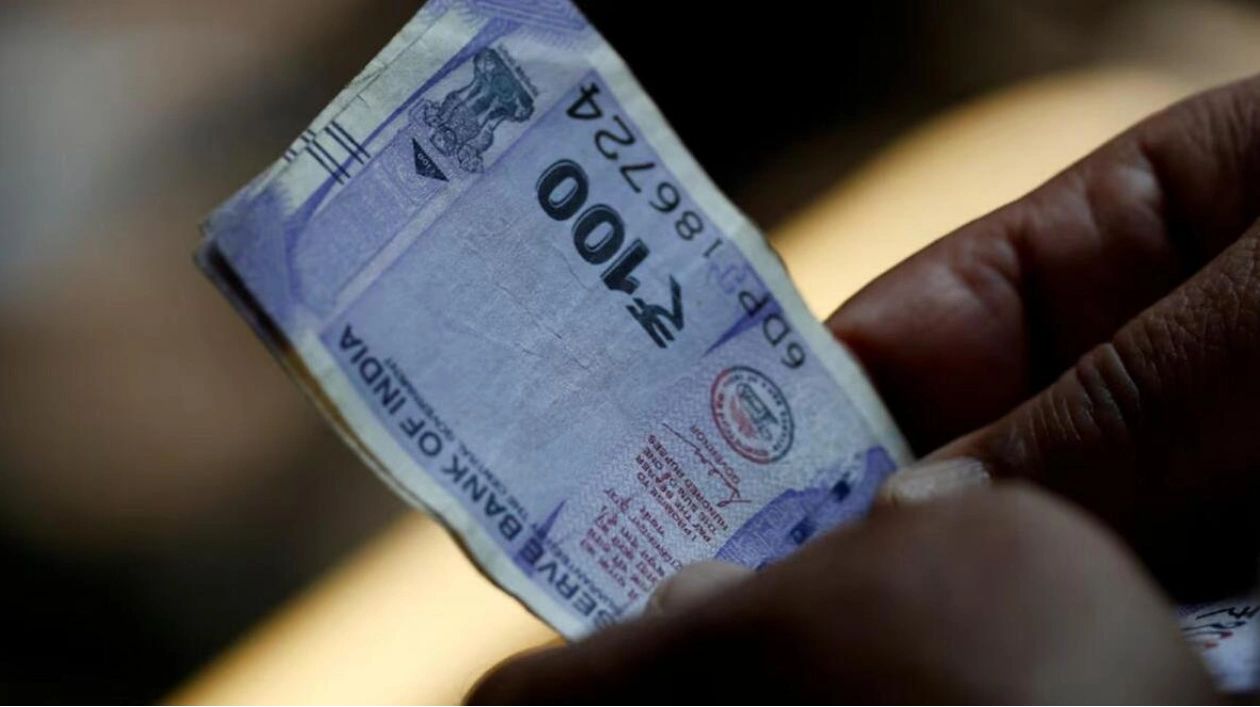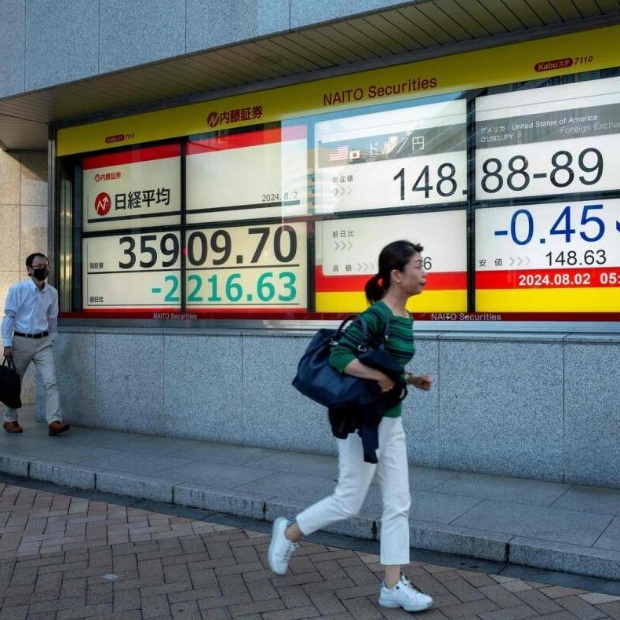The Indian rupee remained stable on Friday, supported by potential intervention from the Reserve Bank of India, which helped the currency stay above its historic low under pressure from declining local equities mirroring a global sell-off. At 10:35 am IST, the rupee stood at 83.72 against the US dollar, almost identical to its Thursday close at 83.71. Both the BSE Sensex and Nifty 50, key Indian stock indices, fell by approximately 1 percent, influenced by a similar trend in global markets. U.S. stock futures also saw further drops, with Nasdaq futures declining by 1.3 percent and S&P 500 futures by 0.7 percent.
Early trading saw the rupee under pressure from dollar bids by at least two large U.S.-based foreign banks, possibly acting on behalf of custodial clients, according to a forex trader at a private bank. The RBI likely intervened by selling dollars through state-run banks to bolster the local currency as it approached its all-time low of 83.7450, traders noted. Concerns over geopolitical tensions and a U.S. economic slowdown, prompted by recent data showing an unexpected drop in U.S. manufacturing activity, pushed U.S. bond yields down. The 10-year U.S. Treasury yield reached a six-month low of 3.94 percent in Asian trading, while the dollar index settled at 104.3. Asian currencies generally saw increases, ranging from 0.1 percent to 0.8 percent.
DBS Bank commented in a note that a broader weakening of the USD could still occur this month, but the dollar index would first need to fall below 104. Concurrently, dollar-rupee forward premiums increased, with the 1-year implied yield rising by 4 basis points to 1.91 percent, its highest level in six months, influenced by the drop in U.S. bond yields.






